Habitation Saint-Etienne
The Habitation Saint-Etienne (HSE) Rum distillery was built on the site of the former La Maugée sugar factory in the north-west of the island of Martinique near Gros-Morne. HSE no longer distils its own Rum, this is done by its sister distillery Le Simon. However, storage and bottling of the Rhums Agricoles are still carried out on site.
| Information about the Distillery | |
|---|---|
| Martinique, Caribbean | |
| -61.013660 14.689934 | |
| Active | |
| 1882 | |
| Amédée Aubéry | |
| https://www.rhum-hse.com/ |
| Average tasting notes Tasting notes |
i
|
|
|---|---|---|
The Rum
Habitation Saint-Etienne has around 20 different Rums in its portfolio. These include around 4 to 5 white and 4 brown Rums. The rest are old Rums (VO), such as the HSE Rhum Black Sheriff, which matures for three to four years in ex-Bourbon barrels, and very old Rums (XO), such as the HSE Rhum Grande Reserve XO, which matures for at least six years. There are also Single Cask bottlings in small batches.
The Rums of Habitation Saint-Etienne are all Rhums Agricoles, which means that they are made from freshly pressed sugar cane juice and not molasses. The distillery is also AOC-certified and is therefore subject to the strict regulations of the French seal of quality.
The Production
After the sugar cane is harvested, the production steps from pressing to distillation take place at the sister distillery Le Simon, which is located in Le François. The Rum is brought back to the Habitation Saint-Etienne for storage.
The Distillation
The fermented sugar cane juice, the 'vin du sucre', is poured into the top two-thirds of the distillation columns at a temperature of around 30 degrees and initially flows downwards. The hot vapour from below heats the liquid, which rises through the various trays in the stainless steel column. Gradually, the alcohol begins to separate completely from the liquid. There are neither foreshots nor feints, as in Whisky production. In the end, a white Rum with 75 % vol. is produced, which still needs to be diluted. The residue from the Rum distillation, the vinasse, can be processed and used as a natural fertiliser.
The Sugar Cane
Habitation Saint-Etienne owns around 40 hectares of sugar cane on the land surrounding the distillery. Saint-Etienne also owns a further 500 hectares in Martinique. Around 30 per cent of the sugar cane is bought in. The sugar cane is harvested by machine and cut into short pieces. The harvest takes place between the end of January and the end of June, as the sugar cane has the highest sugar content at this time. After delivery to the sister distillery Le Simon, the sugar cane must be processed on the same day to prevent pre-fermentation.
The Pressing Process
The Le Simon distillery processes around 500 tonnes of sugar cane per day for the HSE Rums. Firstly, the sugar cane pieces are crushed in a chopper. The subsequent pressing takes place in a 4-roller mill in several stages. After the first pressing, a pure sugar cane juice with a sugar content of approx. 14% is obtained. The dry fibres are loosened, enriched with water and pressed again. The sugar cane juice that remains after this second step has a sugar content of approx. 7%. After the third pressing, it is only around 1.5%. The fibrous residue of the sugar cane, called bagasse, is crushed again and then used as heating material to generate steam for distillation.
Until 2009, the roller mill was still operated with a steam engine. Nowadays, everything is electric and hydraulic, the pressure of the rollers is 300 tonnes per hydraulic cylinder (600 tonnes of pressure per roller).
The Fermentation
The fresh sugar cane juice is first filled into five steel pre-fermentation tanks, each with a volume of 14,000 to 17,000 litres. These are used to propagate the yeast. After around five hours, the pre-fermented sugar cane juice is transferred to 26 larger steel tanks, each with a capacity of around 44,000 litres, where the actual fermentation takes place. At the end of the 24-hour fermentation period, an alcohol of approx. 4% vol. is obtained, which is then sent for distillation.
The Warehouse
The Habitation Saint-Etienne has a total of nine warehouses. In the historic warehouse number 7, which can also be visited, the barrels are stored upright. The cellar master (maître de chai) uses almost exclusively fresh barrels made from American and French oak for the HSE Rums. Used barrels are therefore usually sold. The Rum distillery has a partnership with a Whisky producer, among others, for this purpose.
The white Rums are not stored in barrels, but are filled into steel tanks before bottling and water is added to minimise the alcohol content. The time of the so-called reduction plays a role here. Classic white Rums are reduced for around 6 months, the older ones for more than three years, which increases their complexity. The standard brown Rum is stored in wooden barrels for at least three years. Due to the tropical storage conditions in Martinique, which result in rapid additive maturation, this Rum is comparable to a six to eight-year-old Scotch Whisky.
The Habitation Saint-Etienne also has its own bottling plant, which produces around 1.5 million litres of Rum per year.
The History
The Habitation Saint-Etienne Rum distillery was built on the walls of the "La Maugée" sugar factory from the early 19th century. The young industrialist Amédée Aubéry acquired the Saint-Etienne estate in 1882 and had the sugar factory converted into a distillery for rhum agricole. He also modernised the infrastructure and had the factory enlarged. In addition, railway tracks were laid on the site so that the sugar cane could be transported to the distillery.
In 1909, the Simonnet family acquired Saint-Etienne, which expanded the distillery and installed a larger column still. At the end of the 1980s, the distillery went into decline and stood idle for several years. It was not until 1994, with the takeover of Saint-Etienne by Yves and José Hayot, that the Rum brand was revitalised. The Hayots also own the Le Simon distillery and use the sister distillery to produce the raw spirit for the HSE brand.
Distillery Adress:
HSE Habitation Saint-Etienne
97 213 Gros-Morne
Martinique
Tel: +596 596 576268

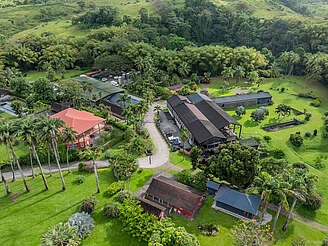
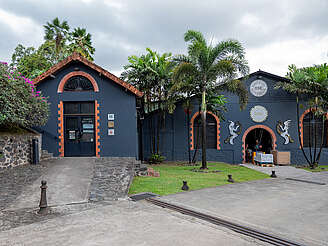
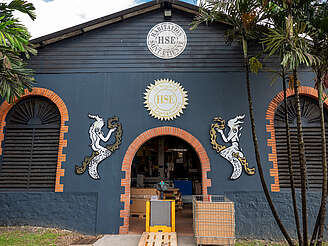
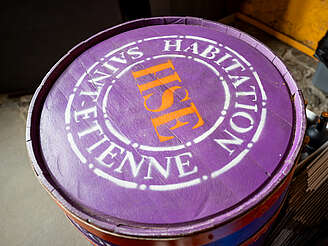
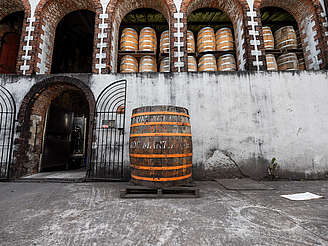
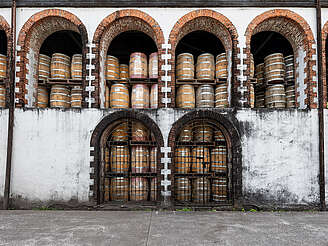
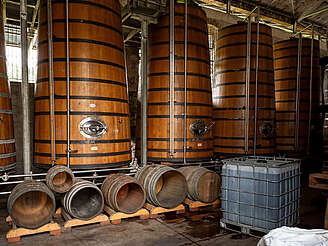
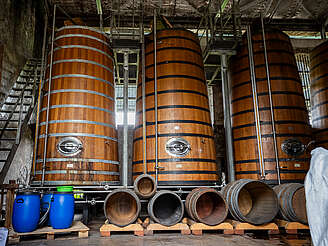
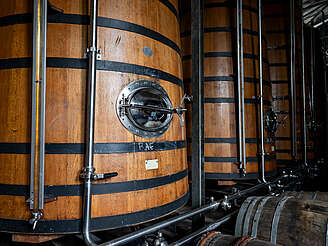
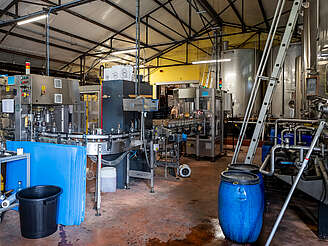
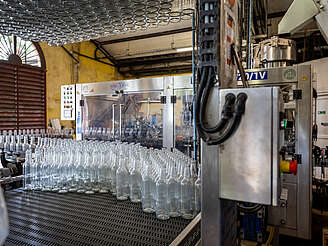
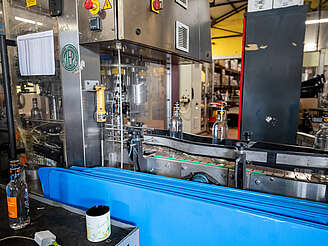
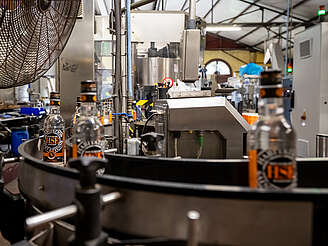
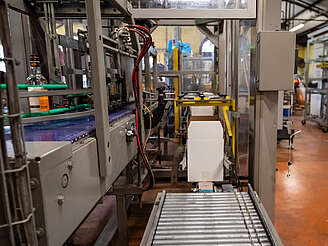
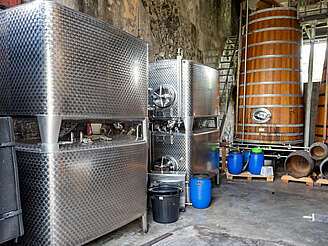
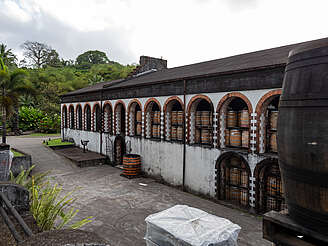
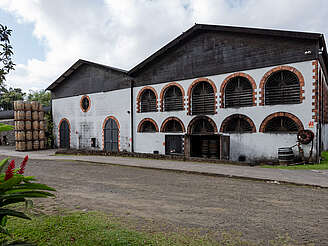
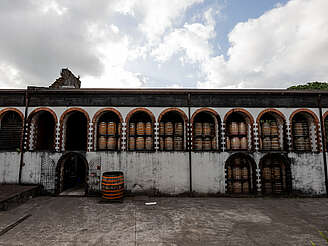
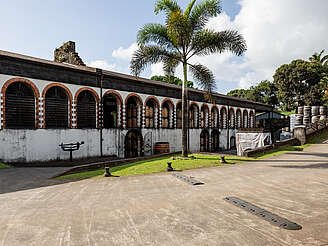
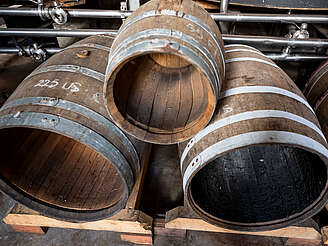
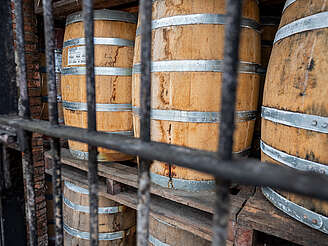
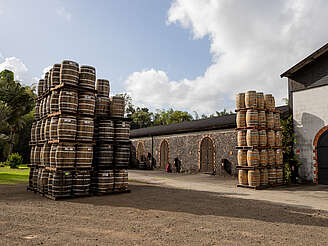
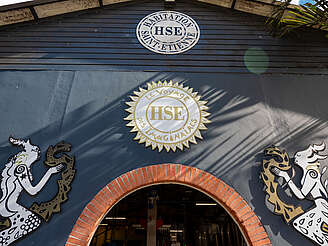
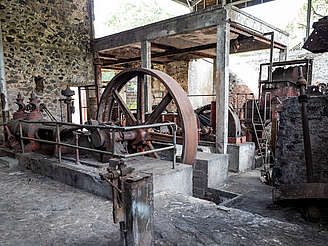
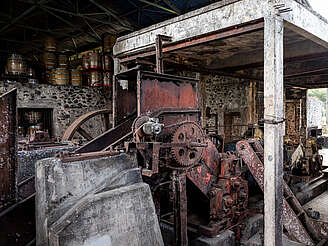
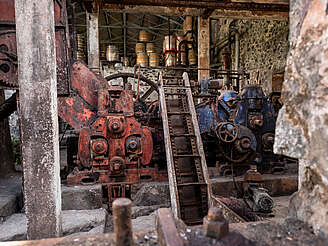
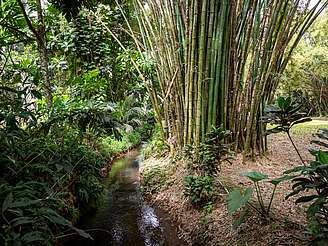
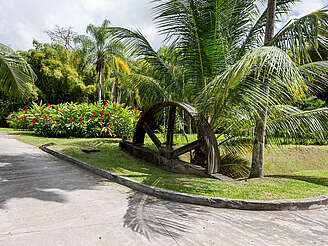
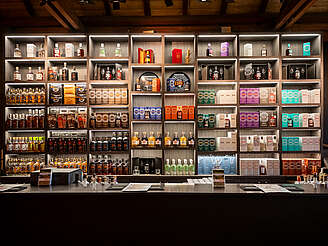
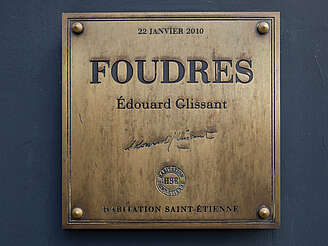
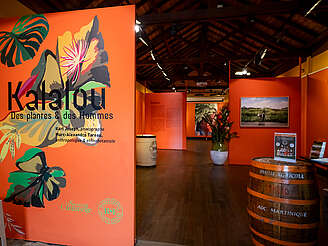
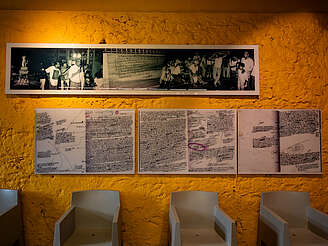
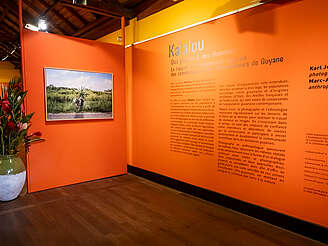
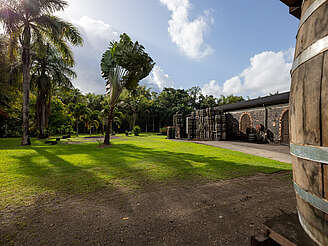
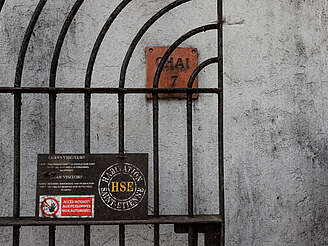
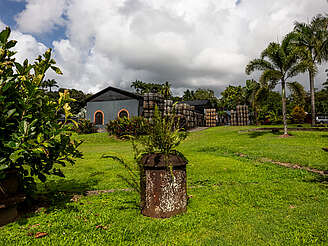
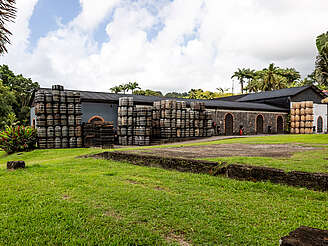
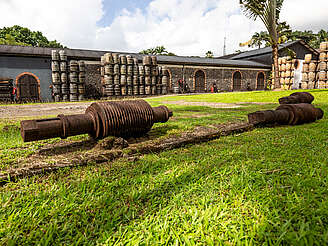
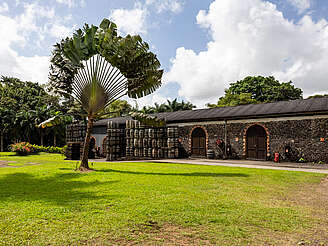
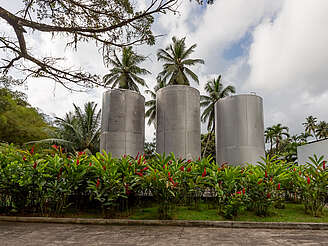
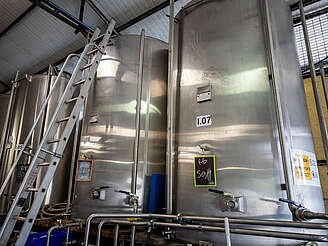
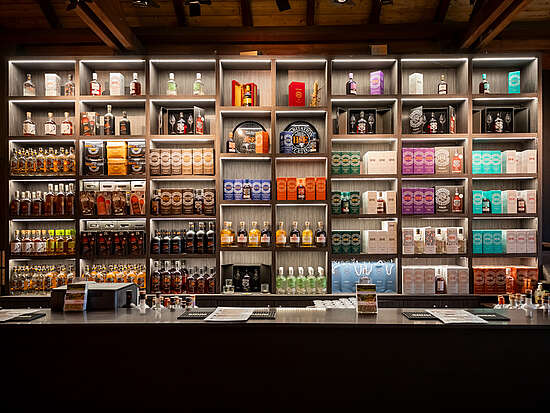
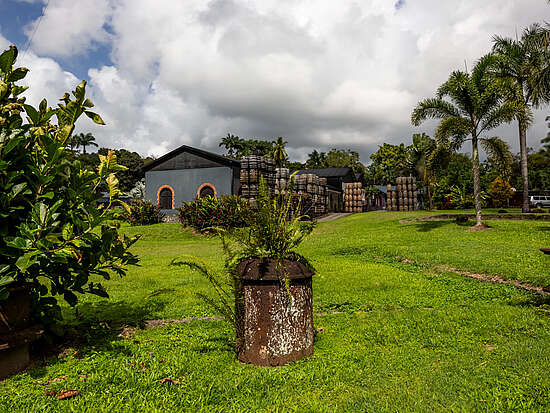
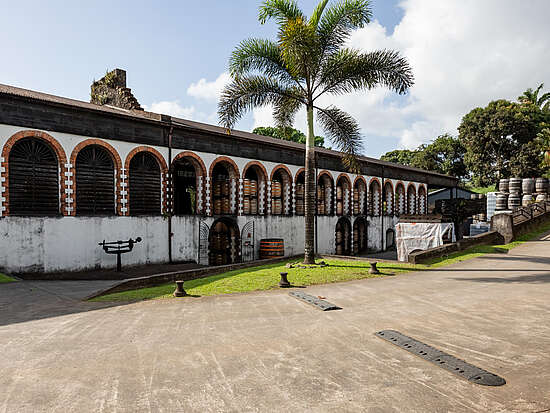
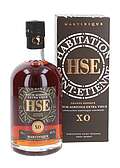




User Notes about the Distillery
Share your experience with other whisky lovers. Write a note about your trip to the Habitation Saint-Etienne distillery.